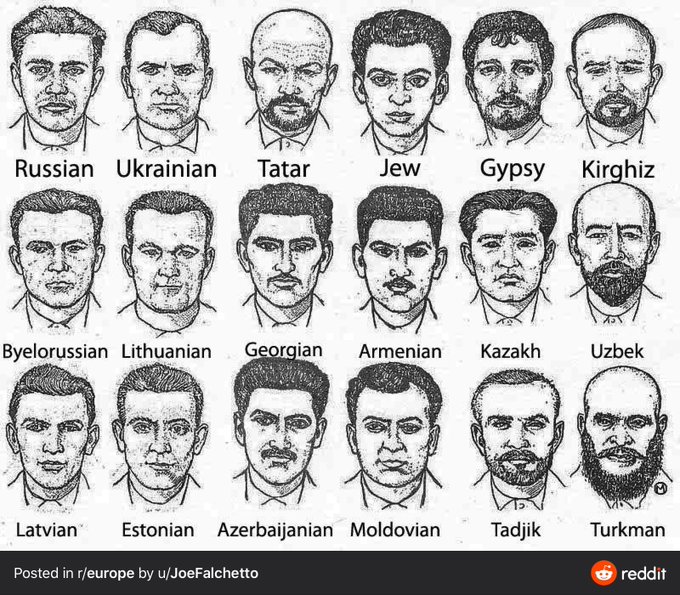- as I wrote yesterday, raising a statue is an act of power, signaling the influence of the group behind it and their importance in the community (I'm assuming that usually only a minority which feels strongly are pushing a statue). A statue is an assertion of meaning occupying a public space. The power embodied in a statue ebbs and becomes stale as the years pass, but the statue is always there, somehow imposing on our attention to public matters. Though as I've written, statues can fade into the general landscape, no longer noticed by the majority of the public; a thorn only to a minority with reason to be aggrieved.
- written artifacts can sometimes be more obnoxious than any statue--consider Mein Kampf or the Protocols of the Elders of Zion. But such writings cannot intrude themselves on our notice once the context of their creation is gone. I mean, presumably most Germans were somewhat aware of Mein Kampf by 1938 or so, to that extent it was a signal of the power of Hitler and the Nazis, but post 1945 it's stuck on library shelves, fodder only for historians and a few on the far right.
- other artifacts, say quilts or old episodes of I Love Lucy, also lose their power and their meaning as the years increase since the time of creation.
So what is the justification for a historian not to fight for preservation of a status in its original setting? To me the key is the occupation of a public space. It's reasonable and no violation of a historians pledge to the past to say that statues should be removed from public spaces. And just as historians have no obligation to preserve all buildings they have no obligation to preserve all statues somewhere.. Every statue has some value, considered as an object with history, but we can't preserve everything.
